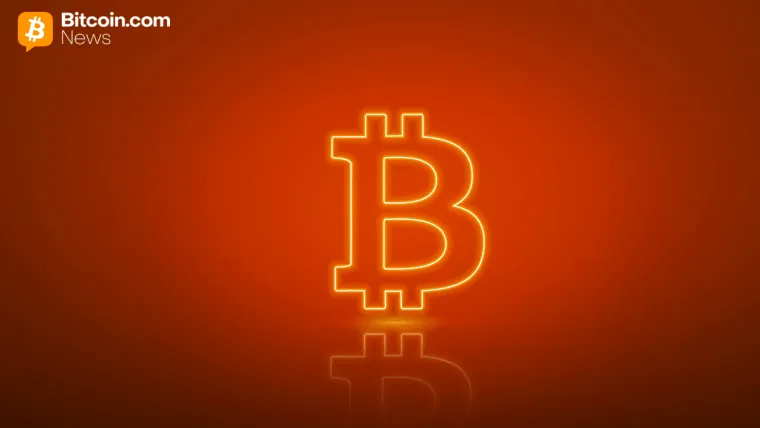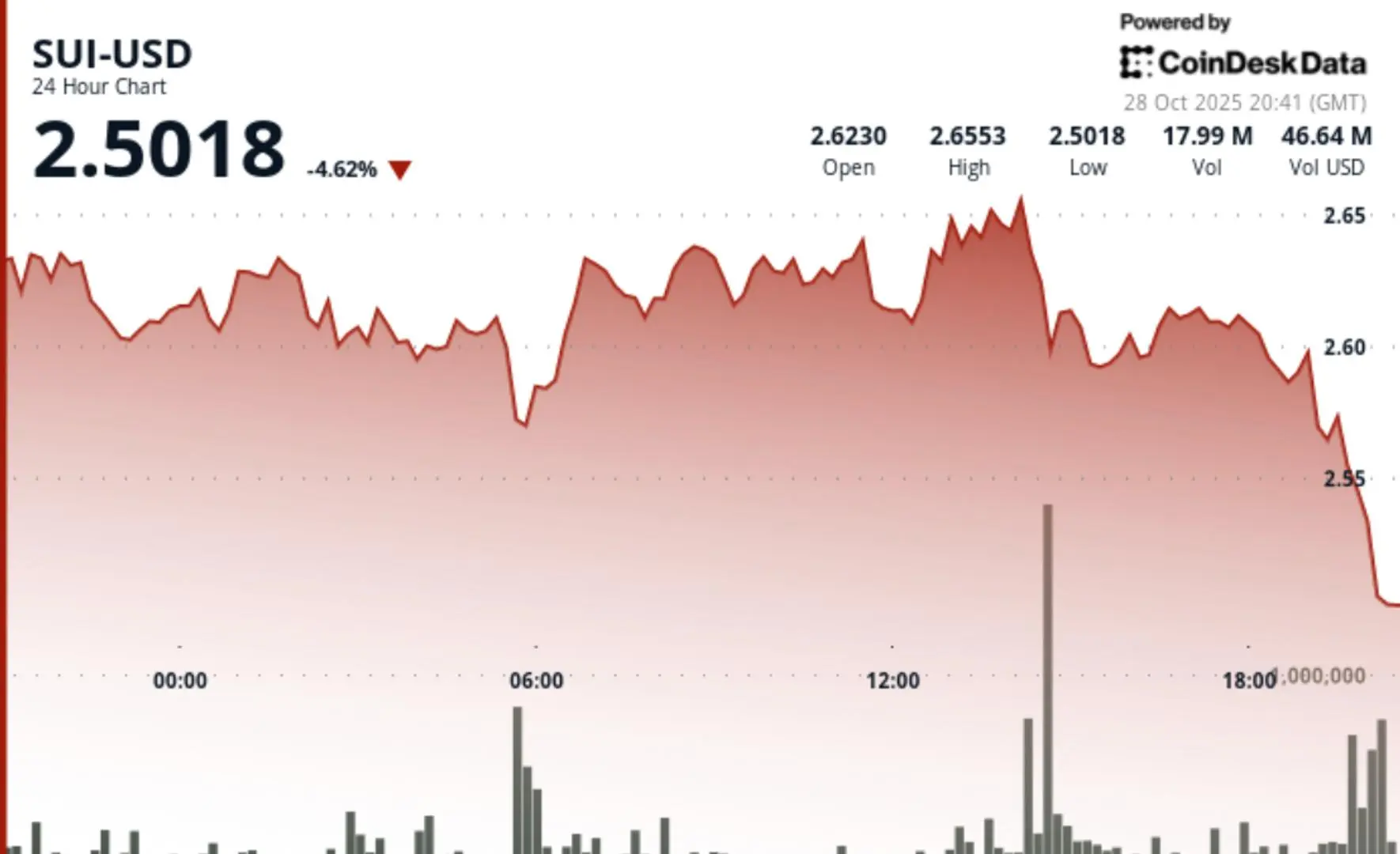Author's Viewpoint: Nic Puckrin, CEO of Coin Bureau
The great decentralized experiment that began with the creation of Bitcoin is being gradually tamed; collared, labeled, and relocated within the very structures it was meant to bypass.
Wall Street's packaged products and government rulebooks are transforming peer-to-peer (P2P) currency networks into product lines. The speed of this re-taming should unsettle anyone who still cares about the original spirit and should no longer be ignored.
For years, the establishment mocked Bitcoin… and now they are listing it.
This shift is purely for economic gain. It is reflected in products like spot exchange-traded funds (ETFs) and other traditional finance (TradFi) pipelines, where crypto-punk currencies (and their spirit) are transformed into fee-generating machines for the world's largest asset management companies.
Consider the U.S. Bitcoin ETFs; they have absorbed about $9 billion, proving that passive packaged products (rather than wallets) are now driving growth. In the short term, this seems like validation, but in reality, in the long run, it resembles capture.
Buying trust shares does not equate to acquiring unregistered assets, as shareholders do not hold the keys… they do not hold the rights to claims. These claims are serviced by a small number of custodians and market makers, whose operational choices become the de facto policy for millions of investors.
Then, when a company is at the center of most of the spot ETF custody in the industry, the actual censorship resistance of the network is functionally outsourced to a compliance procedure. Look at centralized exchanges (CEX) like Coinbase, which now provides custody services for over 80% of U.S. crypto ETF issuers.
This is how centralization occurs in public view, with price discovery shifting from self-custodied markets to closing auctions. In the U.S., spot Bitcoin ETFs now occupy a significant share of spot trading on active trading days.
Governance influence migrates from users to lawyers through prospectuses, while risk shifts from many small operational domains (like wallets or nodes) to fewer, larger domains.
This did not start from malice or ill intent; it is merely the mathematics of convenience compounding over time. Consider Europe, where the regulation of crypto assets (MiCA) is touted as clarity—indeed, in many ways it is—but the stablecoin regime exposes the awkward truth about cross-border fungibility and regulatory arbitrage.
Identifiable branded tokens can flow between jurisdictions with uneven reserve standards, allowing the narrative of "safety" to obscure a new centralized dependency on policymakers to fix gaps once scale is reached.
Defenders of the ETF onslaught argue that this is the way every asset class matures, but Bitcoin is in a class of its own; it is a settlement network with monetary properties.
It is not just an item to be perfected; the more the demand for self-custodied product intermediaries is explicitly blocked, the less Bitcoin becomes a counterbalance to centralized power and instead becomes its appendage. This trend challenges the self-custody foundation of Bitcoin, and "digital up" will never be a sufficient exchange for "rights disappearing."
Do not be afraid. There is a better path available.
Imagine the same billions flowing into packaged products, but this time paired with self-custody standards. In this scenario, brokers directly guide into wallets, institutions hold native assets, and issue detailed proof of reserves (PoR), with planned administrators defaulting to multi-signature allocations.
This is not an unattainable idea. It would achieve a maturity consistent with Bitcoin's original spirit—expanding without the need to surrender.
Currently, Bitcoin is being translated for Wall Street in a way that maximizes returns while minimizing friction with outdated gatekeepers that are no longer truly needed.
When a single ETF complex dominates the flow of funds, a single custodian holds all the keys, and a single regulator rewrites the terms during the cycle, decentralization turns to dust. What remains in these ashes is a service level agreement that effectively tames Bitcoin and everything it aims to achieve.
The task is simple: view ETFs as bridges, not cages. Only when the flow of funds finances the expansion of P2P liquidity and self-custody infrastructure should it be celebrated in headlines and word of mouth. Disclosures on quantitative custody concentration and censorship risk should be provided by default.
The current work is to break free from the shackles of TradFi taming, politely (and persistently) liberating Bitcoin from the centralization of the institutions it originally sought to surpass. The time for truly decentralized Bitcoin is now.
Author's Viewpoint: Nic Puckrin, CEO of Coin Bureau.
Related: S&P gives a B-"junk bond" rating to Strategy focused on Bitcoin (BTC)
This article is for general informational purposes only and is not intended to be, nor should it be construed as, legal or investment advice. The views, thoughts, and opinions expressed here are solely those of the author and do not necessarily reflect or represent the views and opinions of Cointelegraph.
Original article: “Opinion: Wall Street ETFs are Taming Bitcoin (BTC), Turning it into a Fee Machine”
免责声明:本文章仅代表作者个人观点,不代表本平台的立场和观点。本文章仅供信息分享,不构成对任何人的任何投资建议。用户与作者之间的任何争议,与本平台无关。如网页中刊载的文章或图片涉及侵权,请提供相关的权利证明和身份证明发送邮件到support@aicoin.com,本平台相关工作人员将会进行核查。




